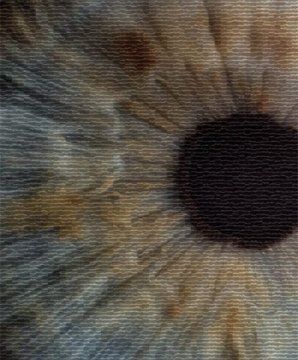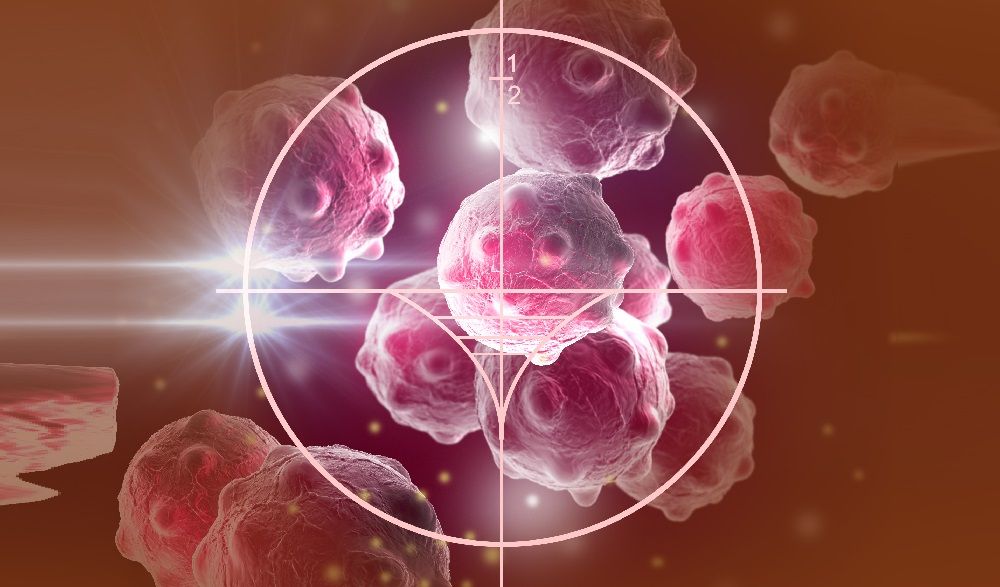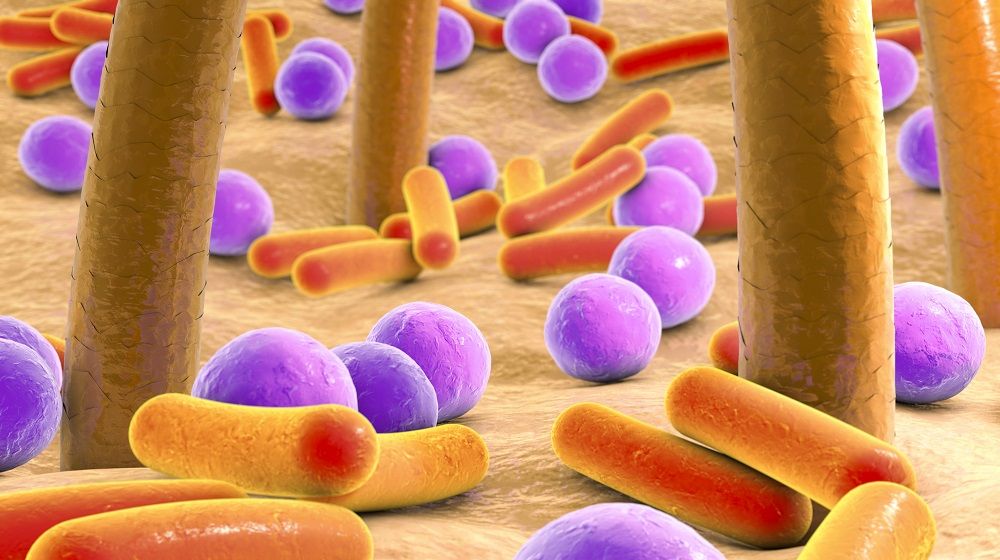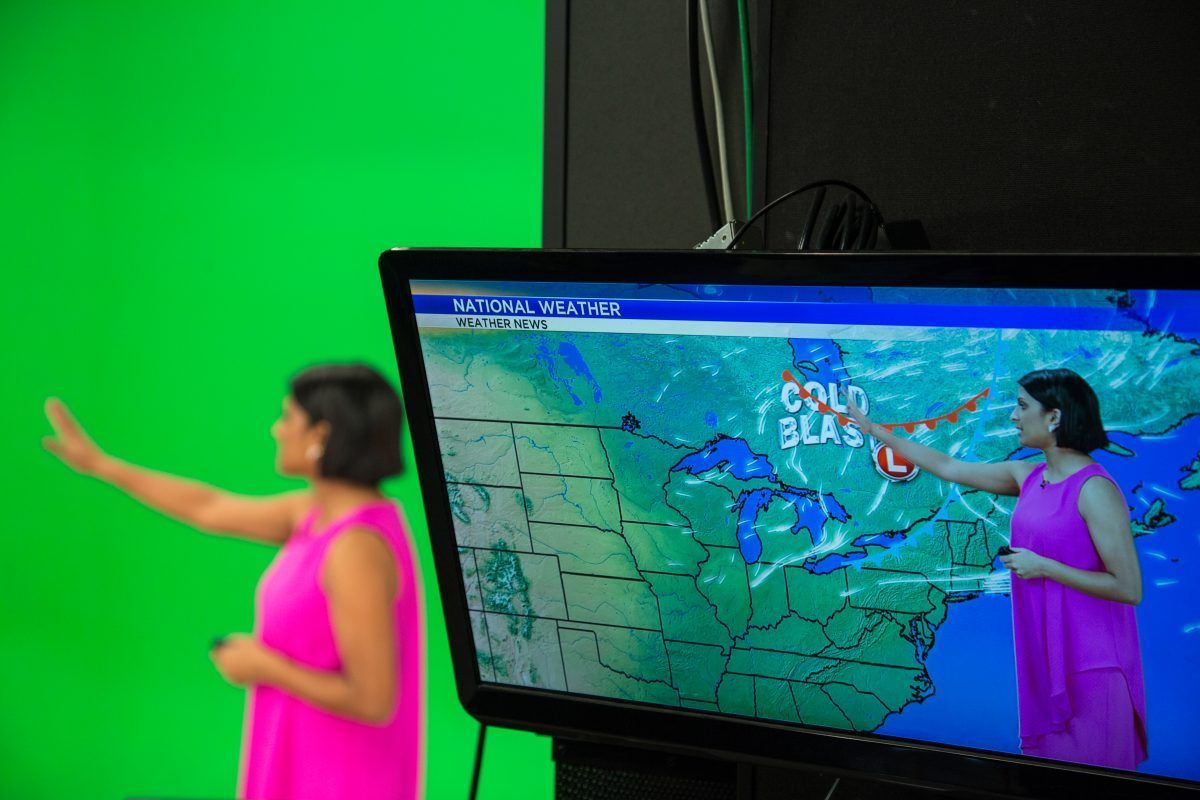According to China’s National Central Cancer Registry, Esophageal cancer is one of the most common forms of cancer in China. Like many other types, cancer of the esophagus can be treated with chemotherapy. But, as is also true of other forms of cancer, chemotherapy isn’t always successful. In China, and around the world, there’s a great need for the development of new treatments.
Dr. Shixiu Wu, president of the Hangzhou Cancer Hospital, has tested a somewhat new treatment that takes a patient’s T-cells from the body, genetically edits them to target cancerous cells, then puts the altered cells back. If the process sounds at all familiar, it’s probably because using T-cells in this manner was approved by the U.S. Food and Drug Administration back in August 2017.
We reported on a pair of CAR-T studies in December that used T-cells to fight cancer, as will the first CRISPR trial set to take place in the United States.






